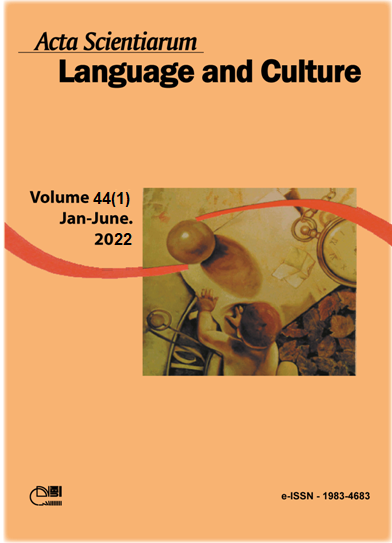A Ressignificação do futurismo na literatura de Luiz Ruffato
Resumo
Propõe-se, neste trabalho, um estudo sobre a maneira pela qual o escritor contemporâneo brasileiro Luiz Ruffato, em Eles eram muitos cavalos, desafia e reinventa diversas poéticas que compõem a tradição literária ocidental. Analisa-se, em especial, as afinidades estéticas desta obra com as propostas da vanguarda futurista italiana por meio do suporte teórico de estudiosos como Gilberto Mendonça Teles, Maria Adélia Menegazzo, José Mendes Ferreira e Augusto de Campos. Apresentando-se como uma poética fragmentada, rápida, imagística e multifacetada, Eles eram muitos cavalos propõe inúmeras reflexões a respeito do cenário urbano brasileiro. Valendo-se de uma linguagem próxima à poética futurista, composta por palavras em liberdade em relação à ordem sintática e ao emprego formal de pontuação; bem como da experimentação de recursos tipográficos e onomatopaicos; Ruffato propõe uma relação espaciotemporal que busca provocar no leitor um efeito de dinamismo em referência à atmosfera de uma grande cidade moderna. Ao configurar um ambiente caótico em um mosaico de gêneros discursivos, Ruffato põe em cena uma metrópole desequilibrada e suja, habitada por crimes, desestrutura familiar, doença, consumismo, subempregos, vícios e outras mazelas que permeiam esta sociedade. Diante desta complexa materialidade literária, propõe-se, neste trabalho, uma análise sobre as reflexões sociais e as inovações estéticas propostas em Eles eram muitos cavalos
Downloads
DECLARAÇÃO DE ORIGINALIDADE E DIREITOS AUTORAIS
Declaro que o presente artigo é original, não tendo sido submetido à publicação em qualquer outro periódico nacional ou internacional, quer seja em parte ou em sua totalidade.
Os direitos autorais pertencem exclusivamente aos autores. Os direitos de licenciamento utilizados pelo periódico é a licença Creative Commons Attribution 4.0 (CC BY 4.0): são permitidos o acompartilhamento (cópia e distribuição do material em qualqer meio ou formato) e adaptação (remix, transformação e criação de material a partir do conteúdo assim licenciado para quaisquer fins, inclusive comerciais.
Recomenda-se a leitura desse link para maiores informações sobre o tema: fornecimento de créditos e referências de forma correta, entre outros detalhes cruciais para uso adequado do material licenciado.




















6.png)









